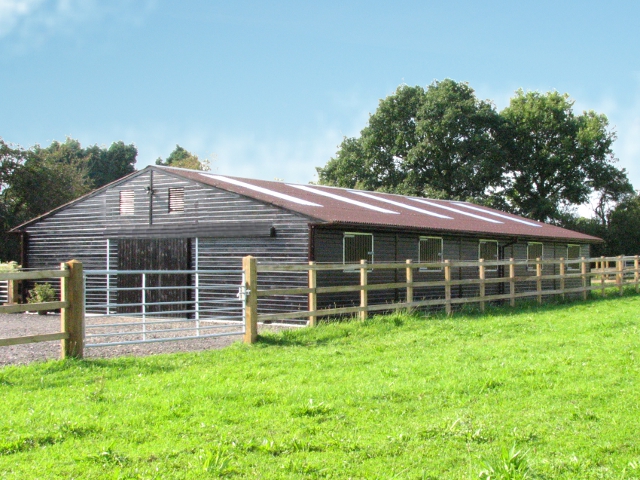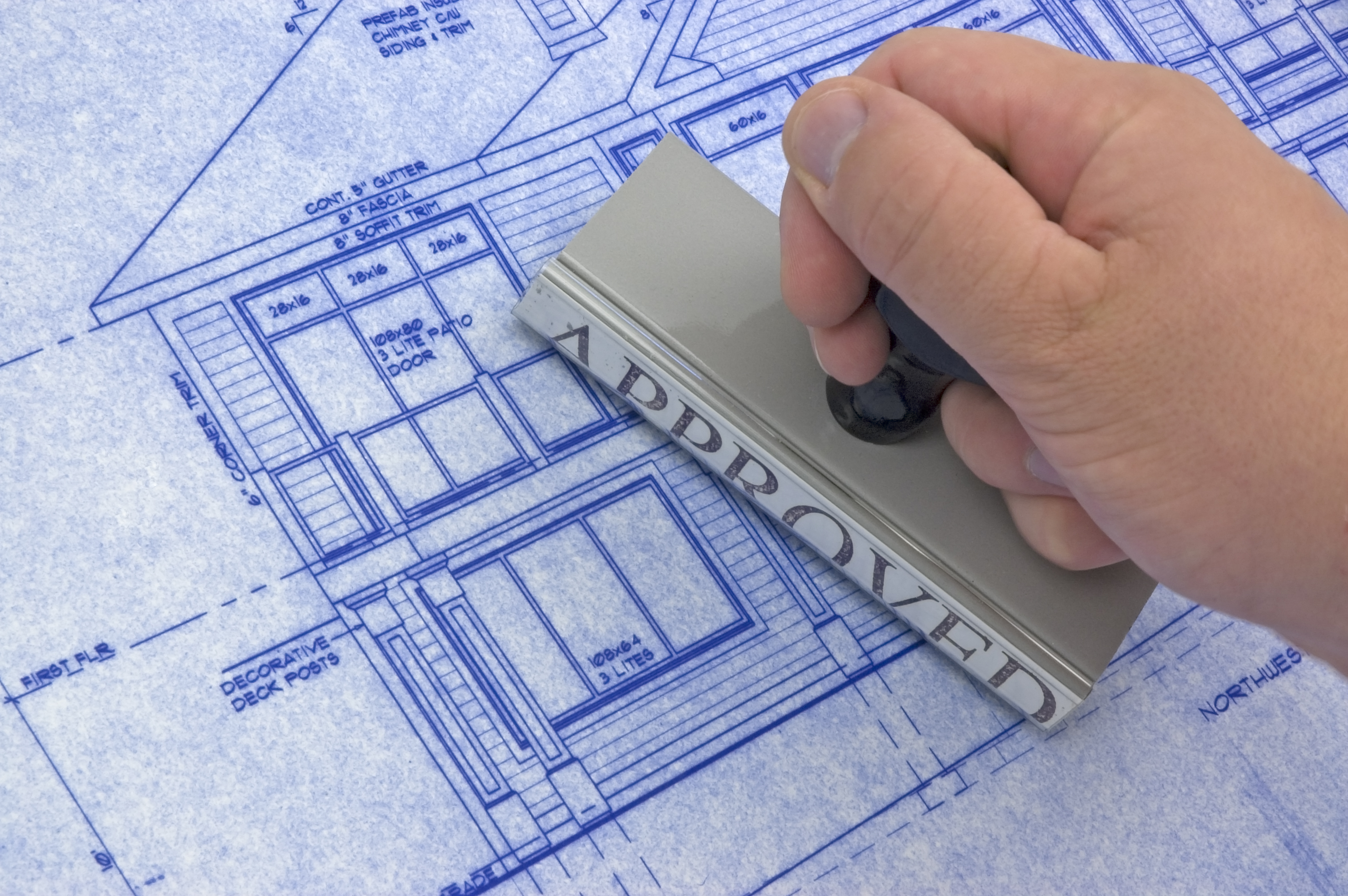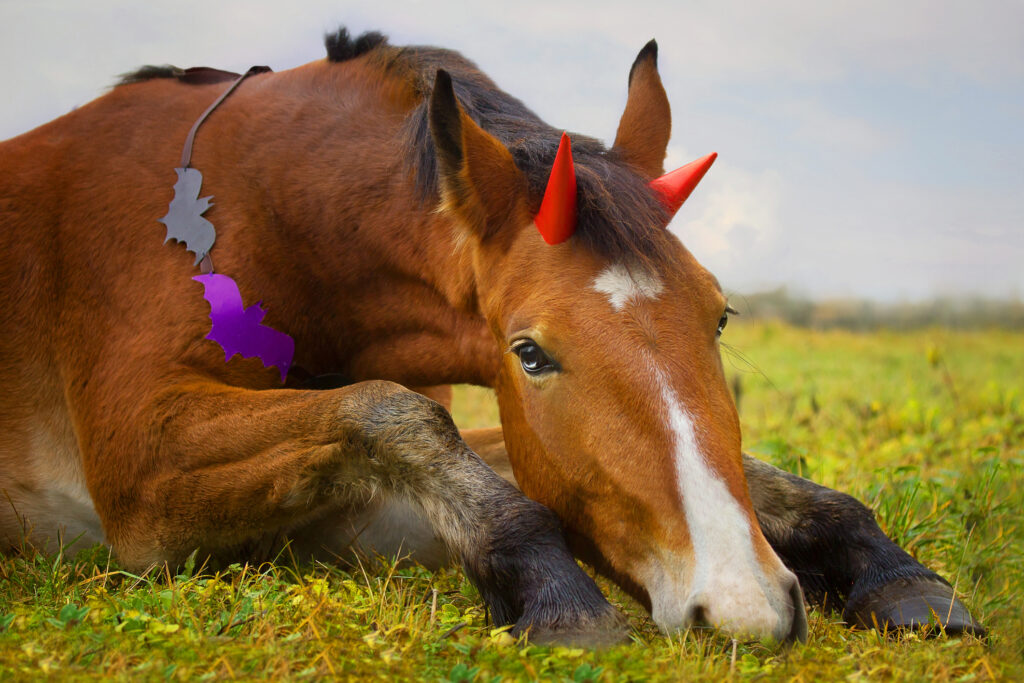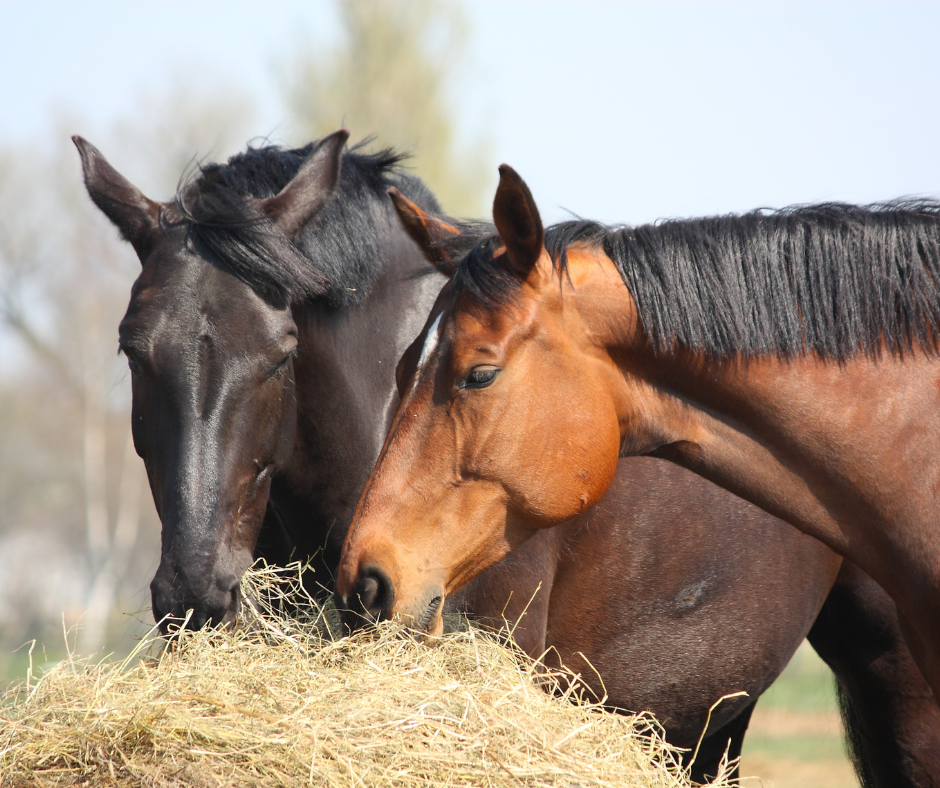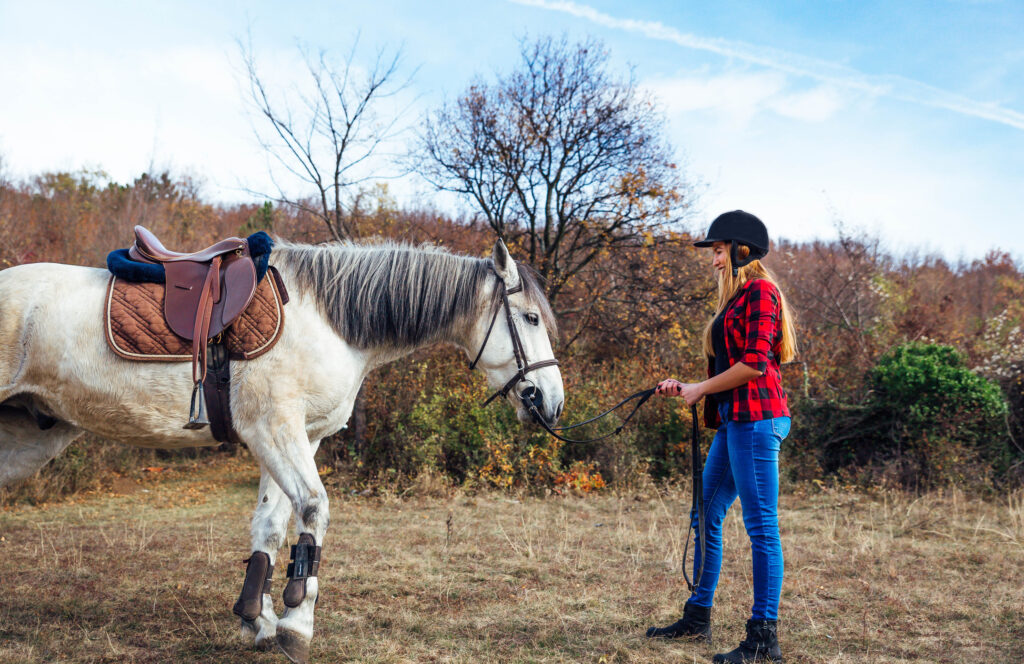If you are looking to start a new project involving outbuildings or equestrian buildings such as garages, workshops, stables, or barns, you may need to apply for planning permission. Thankfully, this article gives you all the information and few essential tips you need to know before making the application.
What is planning permission?
Planning Permission is approval required by the government or the local authority to go ahead with your projects. You will require one if you want to:
1. Build something new
2. Make a significant change to your buildings, such as extensions.
3. Change the use of your building.
You can apply for planning permission by contacting your local council, which you can access from the Gov.UK website. Failure to get a permit for work that requires one will result in an “enforcement notice” ordering you to undo all, or to get the correct permission which may delay your project further.
To begin with, there are three key terms you need to be aware of:
1. Operational development Or Building Works: This is work involving something attached to your land. For instance, if you are looking to build a barn on your land, you will need planning permission.
2. Change of use: These are projects involving a change of use of land or buildings. Suppose you are looking to build a large American Barn or Stables on land or thinking about extending your workshop building, in that case, you will require approved planning permission by your local authority.
3. Permitted Development: These are developments that are permitted by planning law and do not require planning consent. However, you are required to notify the council before you proceed with the work.
Permissions for Outbuildings
According to Planning Portal UK, outbuildings include sheds, playhouses, greenhouses, garages, swimming pools, sauna, cabins, enclosures, and other structures for a purpose incidental to the enjoyment of the dwelling house.
Most of the outbuildings are permitted development, meaning they do not need planning permissions. However, they do need to meet the following conditions:
– No outbuilding on land forward of a wall forming the principal elevation
– Outbuildings and garages must be single-story with a maximum eaves height of 2.5 meters and a maximum overall height of four meters.
– Buildings, enclosures, or containers within two meters of the boundary of the curtilage of the dwelling-house must have a maximum height of 2.5 meters.
– No verandas, balconies, or raised platforms.
– No more than half the area of land around the “original house” should be covered by additions or other buildings
– In National Parks, the Broads, Areas of outstanding natural beauty, and World Heritage Sites, the maximum areas covered by outbuildings more than 20 meters from the house are limited to 10 square meters.
– On designated land or buildings, enclosures, containers, and pools at the side of properties will require planning permission.
– Within the curtilage of listed buildings, any outbuilding will require planning permission.
Planning Permissions for Equestrian Buildings
Planning permissions are highly likely to be needed for any new permanent structures, including wooden stables, barns, and field shelters. It is important to remember that when deciding whether to grant permission, your local planning authority must decide according to the local development plan and up-to-date government planning policy.
The National Planning Policy Framework outlines all planning policies for England and how they are expected to be applied. Download the latest 2021 framework here, or visit the Gov.UK for the latest revision.
Application for a Planning Permission
The success and approval of your planning permission is down to the Local Planning Authority (LPA). Planning permissions consider the size of the building, where it is located, its intended use, and the building’s design, appearances, and how it may impact the environment. LPA also stresses the need for buildings to comply with health and safety regulations, so this is not to be overlooked.
The first stage to getting planning permission for stables, barns, and other outbuildings is contacting your local authority or planning department for advice. Check all the guidelines and regulations and ensure you know everything for the pre-application submission.
The authority is most likely to inspect the area of the planned build, consult neighbours, and even come back to you for amendments. Therefore, it is crucial to be flexible as possible with the sizing, design, structure, and location. This process will likely take around three to four months before planning permission is granted fully.
Tips for obtaining planning permission:
– Start planning in advance, as the statutory deadline for determining an application is 8- 13 weeks.
– Speak to your neighbours that may be affected due to the proposal and be on good terms regarding your arrangement. It will help prevent any future objections and prevent the delay in the approval process.
– As we mentioned above, be as flexible as possible with the design, structures, and location. Although, any drawings and statements must be completely accurate.
– Be informed about the cost included. Planning application fees are based on the size of the floor space, and proposed use of your structure.
– Remember to stress the benefit of your proposed building in the applications, for instance, job creation, supporting the local economy, helping location business, and such.
– Consider help from a professional to assist you with the application. Planning permissions can be tricky, and you may not have all the information and knowledge to obtain one successfully. Hiring a professional can speed things up so you can focus on creating your dream building.
Don’t know any professionals? No problem! At Jon William Stables, we provide a full planning permission service with fast turnaround and a 97% success rate.
Visit our planning permission page to find out more.
Building Regulation
Equestrian buildings for business purposes such as riding schools may require approval from the local authority. The approval ensures that the new building meets the crucial health and safety criteria and considers other aspects such as welfare, convenience, and sustainability.
Please seek advice from the local Building Control Service (BCS) regarding building regulation approval.
Still unsure if you require Planning Permission for your new project? Simply fill the planning permission enquiry form from our website, and let our equestrian building experts guide you.
Or, if you need help deciding on the design or the structure of your new timber buildings, Jon William Stables specialises in equestrian timber buildings, workshops, and garages. Give us a call at 01390 850 965, and let one of our experts guide you through the whole process.
